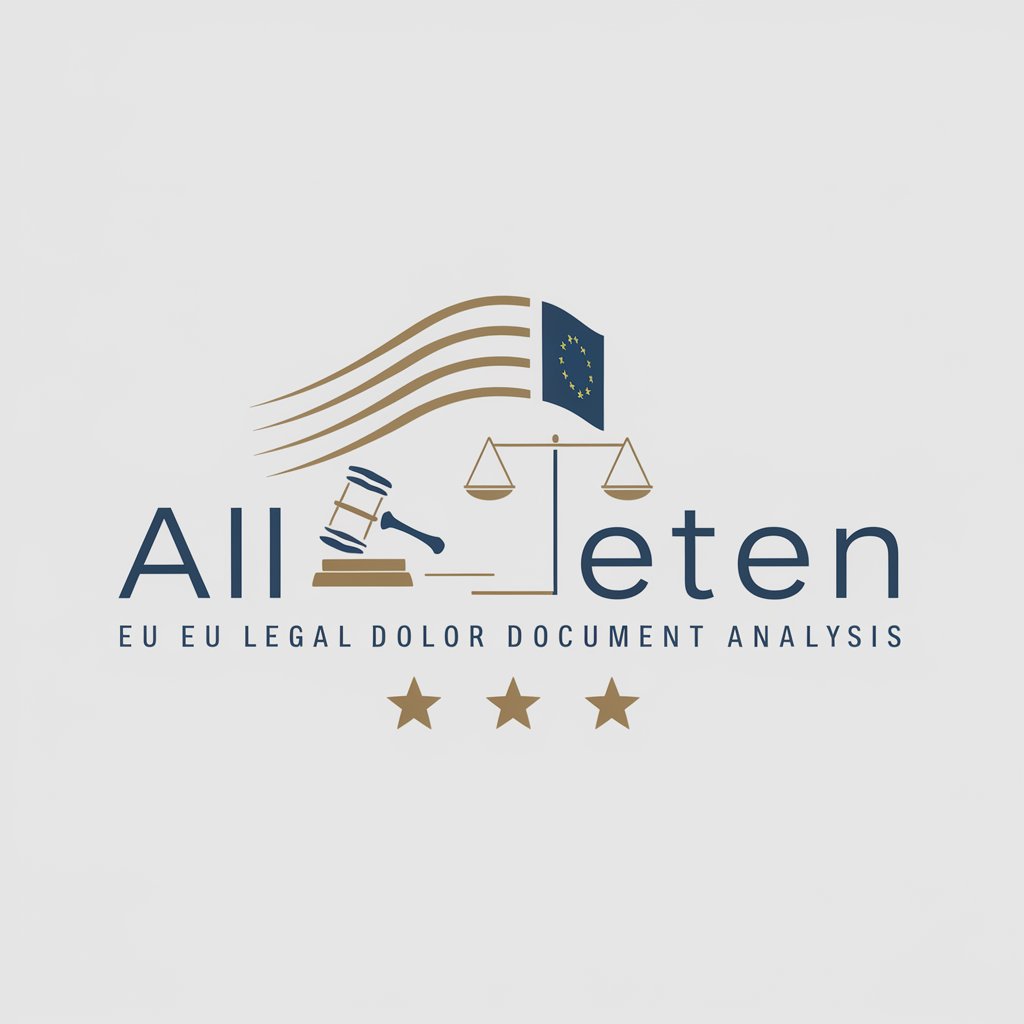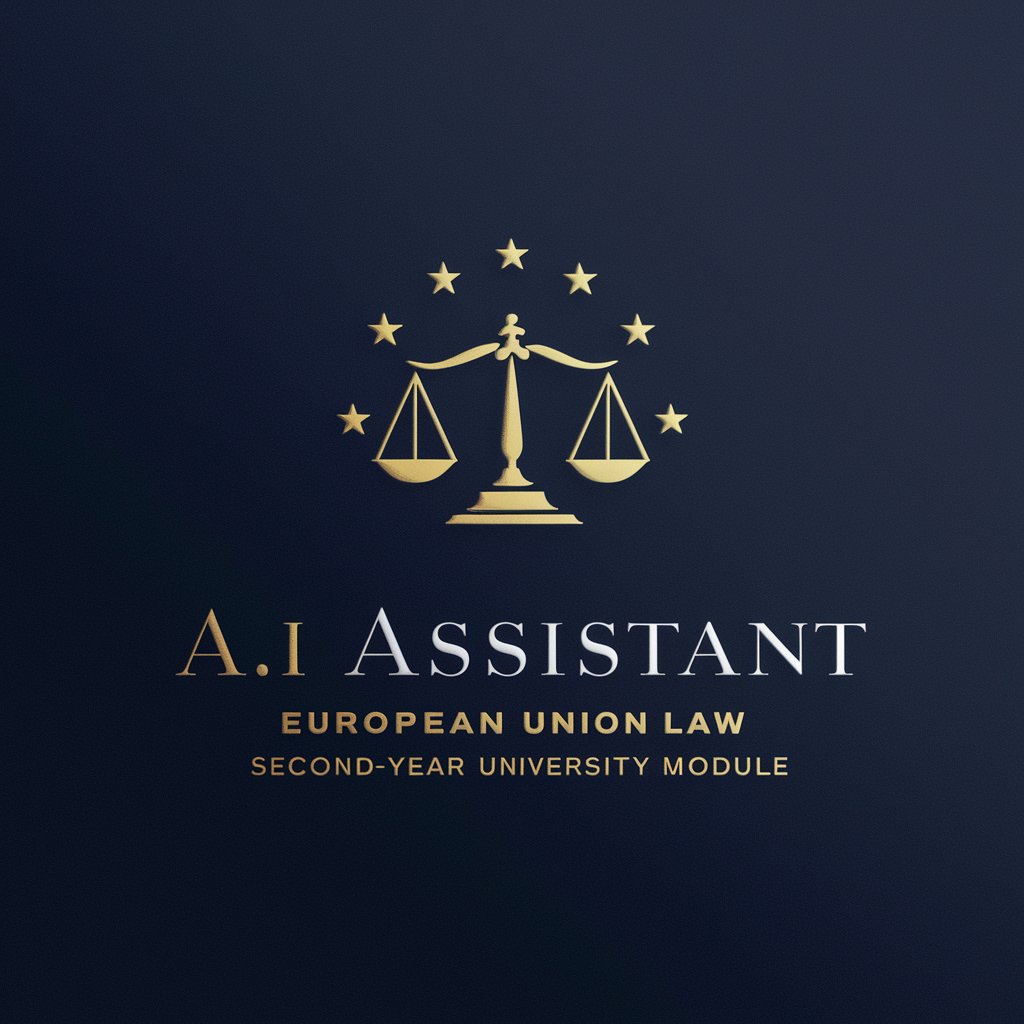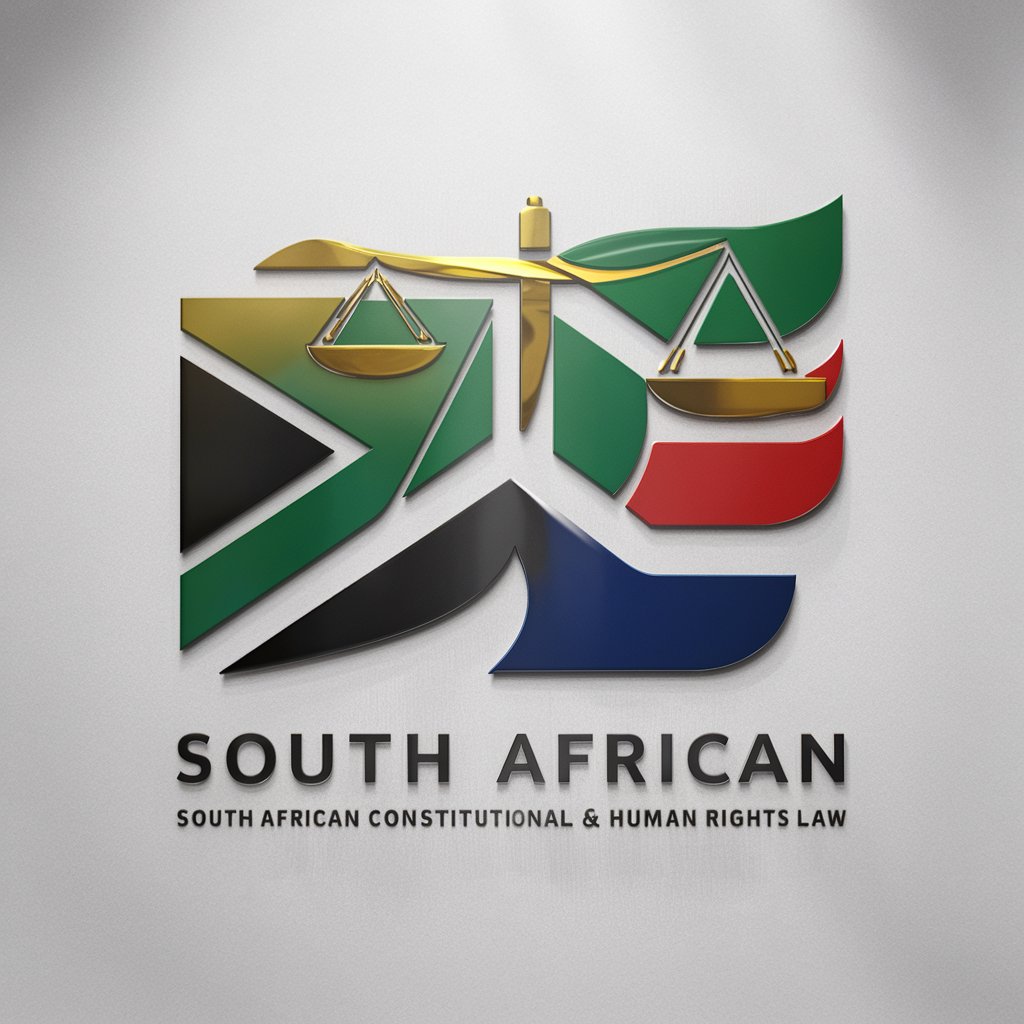
ECHR: Prohibition on Discrimination - ECHR Discrimination Guidance

Hello! Let's navigate your ECtHR application with timely and informed guidance.
Empowering through AI-driven legal support
What is the timeframe for an ECtHR discrimination application?
Most cited case law in ECtHR Article 14 applications?
Step-by-step guide for ECtHR application process.
How to document a sexism case for the ECtHR?
Get Embed Code
Introduction to ECHR: Prohibition on Discrimination
The ECHR: Prohibition on Discrimination GPT is a specialized tool designed to assist individuals and legal professionals in navigating the complexities of making applications to the European Court of Human Rights (ECtHR) specifically concerning violations of Article 14, which prohibits discrimination. Its core purpose is to demystify the application process and ensure that applicants are well-prepared and informed about their rights and the legal precedents relevant to their case. This includes guidance on timeframes for applications, an overview of the most cited case law, and detailed instructions for documenting and presenting claims of discrimination, whether they stem from institutional racism, sexism, xenophobia, or homophobia. For example, an individual who believes they have been discriminated against by a public authority because of their ethnicity could use this GPT to understand the steps needed to file a claim, relevant case law, and the documentation required to support their application. Powered by ChatGPT-4o。

Main Functions of ECHR: Prohibition on Discrimination
Guidance on Application Process
Example
Step-by-step instructions for submitting an application to the ECtHR.
Scenario
An individual who has faced gender discrimination at work and seeks to understand how to lodge a complaint against their national government for not providing adequate legal protection.
Legal Requirements and Document Preparation
Example
Assistance in understanding the legal prerequisites for a claim and the compilation of necessary documentation.
Scenario
A family subjected to xenophobic harassment and inadequate response from local authorities needs to compile evidence and legal arguments to support their case.
Educational Resources on Case Law
Example
Provision of summaries and analysis of relevant case law to inform applicants.
Scenario
A lawyer representing a client in a case of institutional racism seeks precedent cases to strengthen their legal argument before the ECtHR.
Ideal Users of ECHR: Prohibition on Discrimination Services
Individuals Experiencing Discrimination
People who have faced discrimination based on race, gender, sexual orientation, religion, or any other protected ground and wish to seek justice at the European level after exhausting national remedies.
Legal Professionals
Lawyers and human rights advocates who represent clients in discrimination cases before the ECtHR, requiring in-depth knowledge of Article 14 and associated case law.
Academics and Researchers
Scholars focusing on human rights law who require detailed information on the prohibition of discrimination under the ECHR for their research, teaching, or publication efforts.

Using ECHR: Prohibition on Discrimination
Begin your journey
Initiate your experience by visiting yeschat.ai, where you can explore a free trial without the necessity for login or subscribing to ChatGPT Plus.
Identify your case
Evaluate your situation against the criteria of Article 14 of the ECHR to ensure it pertains to discrimination. This might involve instances of institutional racism, sexism, xenophobia, or homophobia.
Gather evidence
Compile all necessary documentation and evidence that supports your claim of discrimination. This includes any correspondence, witness statements, and any other relevant materials.
Seek guidance
Utilize the tool to gain insights on the application process, understand the legal requirements, and access case law that is pertinent to your case.
Prepare your application
Follow the guided steps provided by the tool to prepare your application, ensuring that it meets all the necessary criteria and is backed by strong evidence and legal precedent.
Try other advanced and practical GPTs
citaizen
Navigate workplace discrimination with AI-driven insights
Dr. Whole Health
Empowering Your Health Journey with AI

Green Plate: Whole Food Plant Based Meal Assistant
Your AI-powered guide to plant-based eating.

Whole Health Advisor
Empowering healthier choices with AI

Internal Whole Saler
Empowering financial sales through AI

Whole Foods Buddy
Visualize Your Diet with AI-Powered Meal Planning

ALL DEITIES
Bridging Faiths, Enriching Minds with AI

Ski Resort Guru
Elevate Your Slopes Experience with AI

Beach Resort Booker
Effortless Beach Resort Bookings with AI

The Sakala Resort AI Assistant
Enhancing Your Stay with AI

Hotel, Motel, and Resort Desk Clerks Assistant
Empowering desk clerks with AI-driven insights

Resort Experts
Your AI-Powered Travel Guide

FAQs on ECHR: Prohibition on Discrimination
What types of discrimination does this tool help address?
It addresses various forms of discrimination, including institutional racism, sexism, xenophobia, and homophobia, ensuring users understand their rights and the legal framework of the ECHR.
Can this tool help me if I'm unsure whether my case qualifies for the ECHR?
Yes, it provides an initial assessment guide to help you determine if your case falls within the scope of Article 14 and advises on the next steps.
How current is the case law and information provided?
The tool is regularly updated with the latest legal developments and case law to ensure you have access to the most current information.
Is there multilingual support for non-English speakers?
Yes, to accommodate a diverse range of users, the tool offers multilingual support, facilitating broader access and understanding.
How does the tool ensure confidentiality?
It upholds strict confidentiality protocols, ensuring that all user interactions and data are securely handled and not disclosed without consent.





